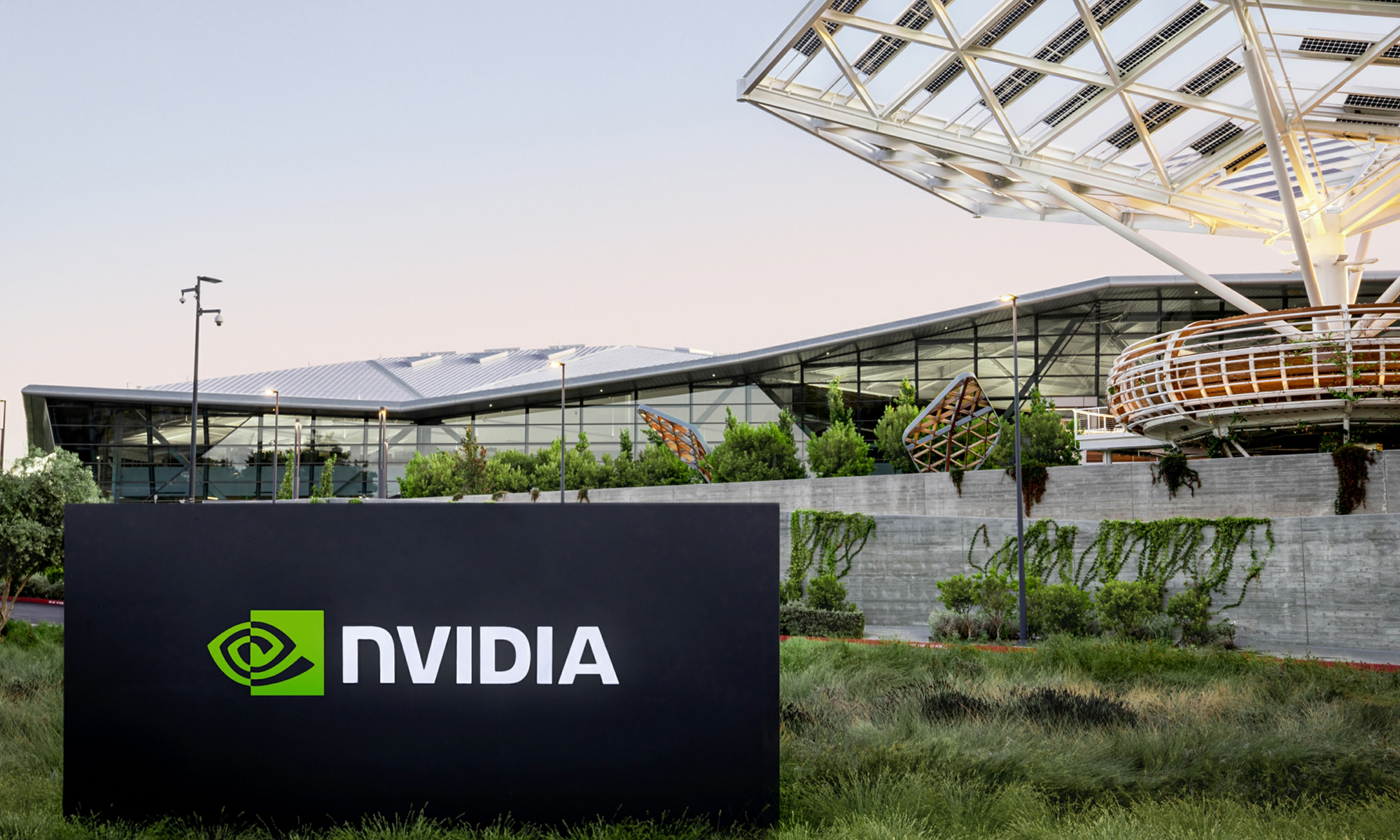NVIDIA (NVDA 3.30%) has been ruling the roost in the discrete graphics processing unit (GPU) market, despite the best efforts of Advanced Micro Devices (AMD 4.81%) to gain share in this highly lucrative space. And NVIDIA is showing no signs of losing its grip over the graphics card market, according to the latest market share numbers provided by Jon Peddie Research.
Let's see why that bodes well for NVIDIA, and makes it a better bet than arch-rival AMD.

Image source: Getty Images
NVIDIA stamps its authority on graphics cards once again
NVIDIA finished 2020 with 82% of the discrete graphics card market under its control, while AMD held the rest. The company's impressive momentum has spilled over into 2021, as it occupied 81% of the market in Q1. That was a nice increase over the year-ago period's market share of 75%.
AMD, on the other hand, lost market share for yet another quarter. The company has been losing ground to NVIDIA since the latter launched the RTX 30 series cards toward the end of 2020. AMD was in resurgent mode prior to the arrival of the RTX 30 series cards -- its Navi GPUs were making a nice dent in NVIDIA's graphics card supremacy a year ago. But that isn't the case anymore.
Jon Peddie Research estimates that discrete GPU shipments shot up 24.4% year-over-year. The market generated $12.5 billion in revenue in Q1, a 370% spike over the prior-year period, thanks to a jump in the average selling prices (ASPs) triggered by huge demand and short supply. NVIDIA's massive market share means that it has won big from this spike, which is reflected in its Q1 performance.
NVIDIA's gaming revenue more than doubled year-over-year in the first quarter of fiscal 2022 to $2.76 billion. AMD's computing and graphics segment, which also includes the sales of its Ryzen desktop and notebook processors, grew at a relatively slower pace of 46% year-over-year to $2.1 billion in Q1.
Jon Peddie Research estimates that the discrete GPU market could be worth $54 billion by 2025, compared to $23.6 billion last year. NVIDIA's dominant position should allow it to corner a substantial portion of that pie in the future, especially considering its moves to strengthen its position.
AMD's resistance may not be enough
AMD has been trying to put up a fight against NVIDIA, and it did show some progress last quarter, registering a quarter-over-quarter market share gain of one percentage point. However, AMD is now looking to raise its game with a new technology, the FidelityFX Super Resolution (FSR). This will compete with NVIDIA's deep learning super sampling (DLSS) image upscaling technology, which helps games look better and run smoother.
AMD's internal tests claim that its new tech can help games run at 59% higher frame rates on ultra-quality settings. The chipmaker also claims that FSR could increase gaming performance by 2.5 times in certain titles using the performance setting. In addition, AMD says that FSR supports a wide range of hardware that includes more than 100 processors and graphics cards thanks to its open-source nature.
FSR will launch on June 22, and it could give AMD a nice boost in the GPU market. However, only time will tell if the new technology will translate into sales for AMD, given that its rival's DLSS tech is already in its second generation.
However, it is worth noting that NVIDIA is trying to cover as much of the GPU market as possible with new launches. The company recently released the RTX 3080 Ti and the RTX 3070 Ti GPUs, priced at $1,199 and $599, respectively. NVIDIA is giving users of older graphics cards a solid reason to upgrade with these cards. It claims that the RTX 3080 Ti is twice as fast as the older GTX 1080 Ti, while the RTX 3070 Ti delivers 1.5x the performance of the RTX 2070 Super.
NVIDIA is also stepping up its game in the laptop market with the launch of entry-level graphics cards. The company now offers more than 140 laptop models powered by the RTX 30 cards across a wide range of prices. This puts NVIDIA in a solid position in the fast-growing gaming laptop market, which is expected to hit $15.6 billion in revenue by 2027, compared to $9 billion in 2019.
All of this indicates that NVIDIA's gaming business could sustain its terrific levels of growth for a long time to come, especially considering that a huge chunk of gamers have yet to upgrade to its latest cards.
Meanwhile, the growth of AMD's gaming business is nowhere close to NVIDIA's, and the situation is unlikely to change given the latter's supremacy in this space. That's why investors looking to take advantage of the booming market for discrete graphics cards and add a top growth stock to their portfolios should choose NVIDIA. Gaming is its largest source of revenue, and this business could stay red-hot for a long time.





